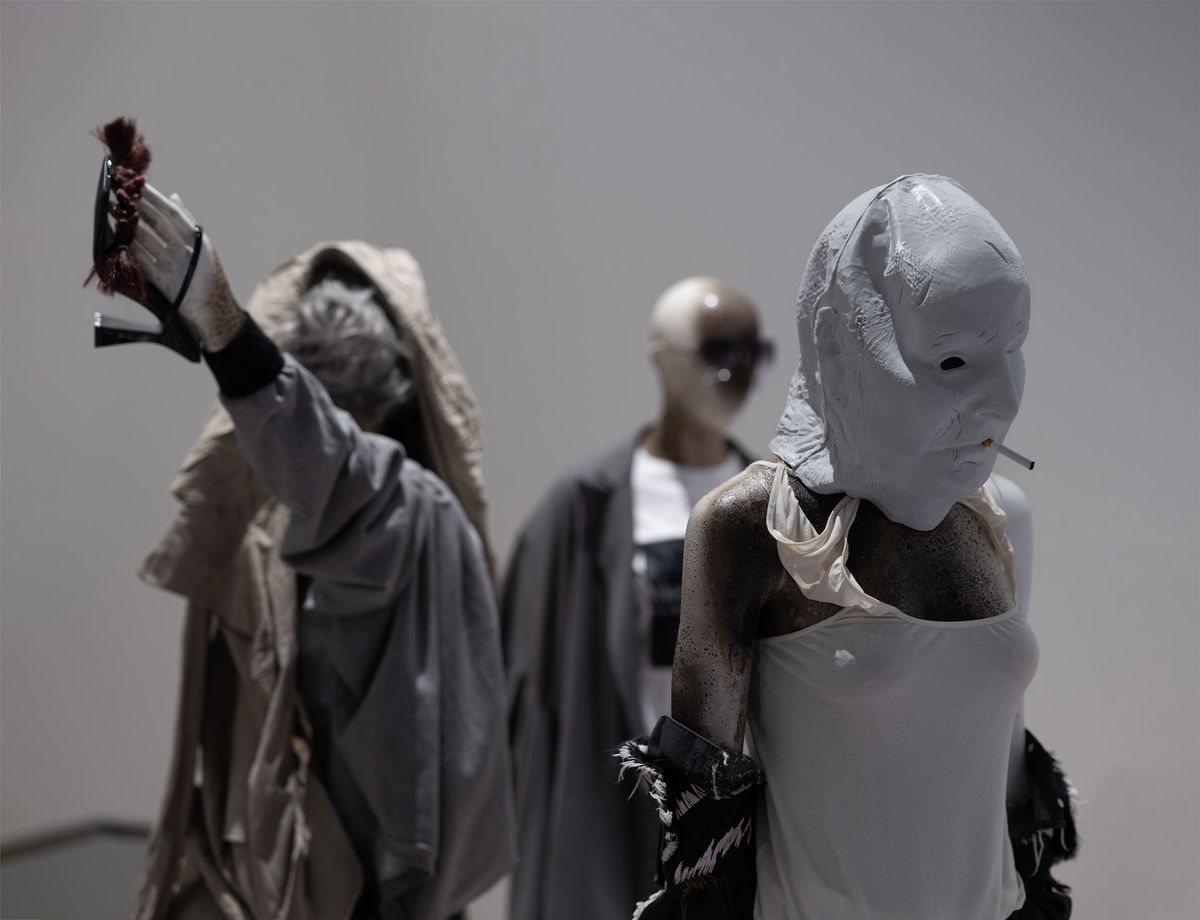World
In Photos: 2024’s Final Supermoon Lights Up Night Sky Around The World

The full Beaver Supermoon rises behind the Chrysler Building and the Empire State Building in New … [+]
November’s full moon, the “Beaver Moon,” rose in a blaze of color on Saturday night as the year’s final supermoon.
Here are the best images of the full moon from around the globe:
Beaver Full Moon, the last supermoon of the year is seen setting behind the birds perched on a wire … [+]
November’s full moon is named the Beaver Moon, but it’s also called the “Mourning Moon” and the “Frost Moon.”
HOBOKEN, NJ – NOVEMBER 15: People participating in City Climb at the EdgeNYC observation deck stand … [+]
It turned full at 21:28 UTC/4:28 p.m. EST on Friday, Nov. 15, but the best time to watch it rise was at moonrise on Saturday, Nov. 16.
The supermoon rises behind the cross of the Armenian-Catholic Cathedral in Beirut, Lebanon, Friday, … [+]
As it appeared above the eastern horizon just after sunset, it coincided with the peak of the annual Leonid meteor shower.
JERSEY CITY, NJ – NOVEMBER 15: The full Beaver Supermoon rises behind the Empire State Building in … [+]
From Earth’s perspective, the full moon is the lunar phase when the moon appears fully illuminated by the sun. However, it’s always 50% lit by the sun – it’s just that we can only ever see one face of the moon.
A super moon raises near the border between Israel and Lebanon as seen from Haifa bay, northern … [+]
The moon shows only one face to us because it is tidally locked to Earth, rotating just once during its 27.3-day orbit. That’s the length of one day on the moon.
JERSEY CITY, NJ – NOVEMBER 15: The full Beaver Supermoon rises behind the Chrysler Building in New … [+]
Since the Earth and the moon are also orbiting the sun the length of time between two full moons is 29.5 days.
A bronze sculpture of “Ad Astra” a Kansa Indian, perched atop the Kansas Capitol dome is silhouetted … [+]
At 224,853 miles (361,866 kilometers) from Earth, the Beaver Moon was the third-smallest of 2024’s four supermoons.
The full moon rising from Vientiane, Laos on Nov. 16 2024.
A supermoon is an astrological term for a perigee full moon, which is slightly bigger and brighter than the average full moon.
The moon rises over the Olympic Tower in Beijing, Saturday, Nov. 16, 2024. (AP Photo/Ng Han Guan)
Since the moon’s orbital path around Earth is a slight ellipse, there’s a near-point (perigee) and a far-point (apogee) every month. A supermoon can appear to be about 10% larger in apparent size.
The supermoon is seen above a park in Lianyungang city, East China’s Jiangsu province, Nov 15, 2024. … [+]
The next full moon after the Beaver Moon will be the full “Cold Moon” at 9:01 UTC/4:01 a.m. ET on Sunday, December 15 — the third full moon of fall and the final of the 12 full moons in 2024.
Birds fly in front of the full moon rising over Rome, Friday, Nov. 15, 2024. (AP Photo/Alessandra … [+]
The final full moon of 2024, the Beaver Moon will reach higher into the sky than any other full moon of the year.
Wishing you clear skies and wide eyes.










